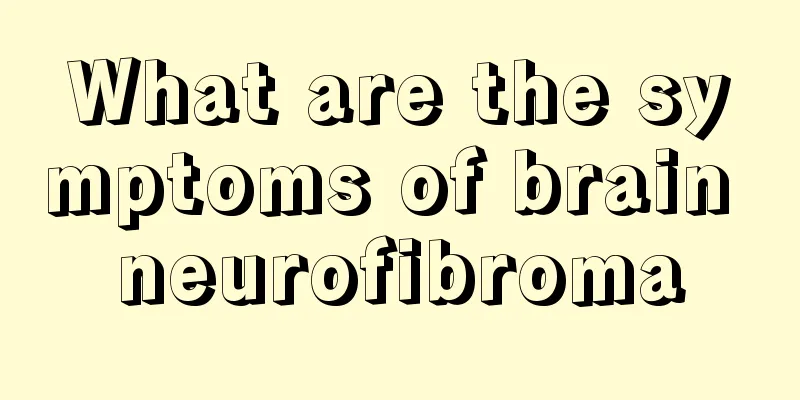What are the diagnostic criteria for gastric cancer

|
What are the diagnostic criteria for gastric cancer? Gastric cancer is the most common malignant tumor of the digestive system, mainly occurring in men over 50 years old. Most patients with early gastric cancer have no obvious symptoms, and a few have nausea, vomiting, or upper gastrointestinal symptoms similar to ulcer disease. Therefore, it is easy to misdiagnose and delay the treatment of the disease. So, what are the diagnostic criteria for gastric cancer? 1. Most of the patients are male, and the age of onset is mostly middle-aged and elderly, with 2/3 between 41 and 60 years old. 2. Early symptoms are not obvious. In the middle and late stages, fullness and pain in the stomach can be seen. The pain is aggravated after meals, and the appetite is poor. Weight loss, swallowing is difficult, and the stomach pain is intermittent and cannot be relieved by food or antacids. In severe cases, there is severe pain in the stomach that radiates to the back. Nausea, vomiting, hematemesis, black stools, and a dull complexion can also be seen. If the tumor metastasizes, jaundice, diarrhea, bone pain, cough, shortness of breath, ascites and other manifestations of corresponding organ involvement can be seen. 3. In the middle and late stages, a hard, nodular mass can be felt in the epigastric area. It is tender and movable. The left supraclavicular nucleus is enlarged, hard, and cannot be moved when pushed, or there are signs of ascites. 4. Fecal occult blood test: mostly persistently positive. Gastric juice analysis: gastric acid is often lacking or reduced, gastric juice is coffee ground-like, and lactic acid content is increased. Carcinoembryonic antigen (CEA) test: CEA in gastric juice is significantly increased, and more than 100ng/ml is of diagnostic significance. 5. X-ray barium meal examination: In the early stage, a small area of mucosal rigidity can be seen, with a slightly convex or concave surface, or small granular lesions. In the middle and late stages of mass gastric cancer, filling defects can be seen, where peristalsis disappears and the stomach wall is rigid. Ulcerative gastric cancer can see large, shallow, wide and irregularly edged cancerous niches, with coarse, interrupted or absent mucosal folds nearby, and the stomach wall is rigid, so peristaltic waves cannot pass through. Invasive gastric cancer can show signs of stenosis and obstruction, with thickened stomach wall, narrowed stomach cavity and absent peristalsis. Pyloric or antral cancer often has funnel-shaped deformation, which can cause gastric retention. 6. Fiberoptic gastroscopy: Combining brushing of exfoliated cells and forceps biopsy is the most reliable means of diagnosing gastric cancer. Microscopic examination can reveal signs of gastric cancer, and exfoliated cells and biopsy can find cancer cells. If you suffer from gastric cancer, don't be afraid, and don't give up on yourself. You should receive correct treatment, pay attention to your living habits and personal hygiene, eat more fruits and vegetables rich in vitamins, exercise, improve your immunity, and prevent the disease from worsening and bringing more serious consequences. |
<<: What causes gastric cancer
>>: How to prevent breast cancer
Recommend
The method of making garlic wine actually requires adding this?
Many people use ginseng and deer antler to make w...
Can malignant uterine cancer be cured?
Malignant uterine cancer is a very common disease...
Do apples lower blood pressure?
Apple is a very common fruit in people's dail...
How to wash crabs cleanly
Everyone will definitely clean the crabs before e...
Bacterial infection fever
From March to April every year, the south of my c...
Why is chemotherapy necessary before ovarian cancer surgery?
With the progress of the times, people's livi...
How to wash a stainless steel pot with ketchup so it doesn't turn black
Stainless steel pots are a common utensil in our ...
Can I eat boiled peanuts if I have high blood sugar?
After the age of 30, we must prevent the onset of...
What to do if total bilirubin is elevated
Total bilirubin is a very important indicator. In...
Which hospital is famous for melanoma
Melanoma, also known as malignant melanoma, is a ...
"Emotional illness" is more likely to occur in spring. M kinds of diets can prevent you from getting it
Don't let your health be hijacked by your emo...
Early symptoms and signs of breast cancer
Breast cancer is the most common malignant tumor ...
How to make delicious dumpling fillings
Dumplings are a very popular delicacy in people&#...
The incidence of gastric cancer and intestinal cancer is extremely high. Four types of people should have a gastroenteroscopy as soon as possible, otherwise it will be too late
We now find that the incidence of gastric cancer ...
Automatic vacuum cleaner
As society develops faster and faster, people'...









